UP TO THE MINUTE
Coatings versus retrofitting: Understanding the true costs
February 12, 2025 at 9:00 a.m.By Roof Hugger.
Short-term fixes or long-term investments: Important considerations to know about metal roof coatings.
Metal roofing is known to be one of the more expensive roofing materials on the market and boasts a variety of long-term benefits, one being it having the longest lifespan of all roofing materials. Like all other materials however, even metal roofs eventually need to be repaired or retrofitted either by applying metal roof coatings or via metal over metal (MoM) retrofit. While the promise of a quick fix can be appealing to building owners and their budgets, there’s more for your customers to consider when it comes to the world of metal roof coatings. With millions of square feet of metal roofing getting coated each year, distinguishing between a cost-effective temporary fix and a durable long-term solution becomes increasingly unclear. For anyone weighing the choice between a sprayed-on coating and a new metal roof, Roof Hugger is here to help you understand what your customers are truly paying for — and what they’re getting in return.
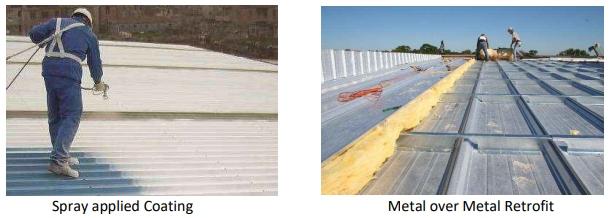
There are some important differences to point out when comparing coating to retrofitting with a new metal roof.
Coatings: Did you know there are two different types of coatings, standard roof coating and liquid applied roofing? They come in a variety of materials: elastomeric, bituminous, acrylic, epoxy, silicone and others.
Standard roof coatings are the most commonly quoted to a prospect with a metal roof issue. They are often 5-30 mils in thickness and sold as a method to stop leaks by “sealing” the old roof. Nothing could be farther from the truth, however. Standard coatings are intended to maintain the life of the existing roof finish by protecting it from UV exposure and increasing reflectivity. Coatings are NOT intended to be a weather-tight barrier.
Coatings are a thin, short-term, sacrificial barrier, designed to protect the existing metal panel finish from further deterioration and they require regular and periodic maintenance and reapplication to provide that protection. Coatings can add reflectivity to the existing roof but again they need regular maintenance to keep that reflectivity.
Like all coatings, the proper cleaning and prep of the existing roof is critical to getting a good result. Proper cleaning for good adhesion and a uniform spray application are difficult to achieve. (see photo) Pinholes, blisters, edge gaps and other imperfections are common and can lead to severe corrosion and failure of the underlying metal roof.
Generally, these products provide minimal if any value to the building owner who is most likely trying to deal with a leaking roof issue.
Liquid (or fluid) applied roofing products are specifically designed to be a water barrier between the elements and the existing metal or other roofing material. These systems are significantly thicker (30-60 mils) and significantly more expensive. They have similar cleaning, preparation and application issues as compared to standard coatings. They are typically installed in multiple layers and may have a primer, base coat, reinforcing fabric, weather coat and a top reflective coating.
The cost of these systems can be 50%-70% the cost of a new retrofit metal roof and coatings do nothing to help meet the current building codes. They also can hide significant structural issues created by failing fasteners or improperly supported roof equipment or accessories.
Fastener caps are frequently used to cover corroded fasteners and panel defects but can also hide the structural problems of loss of diaphragm strength and panel uplift. (see photo)
In the snowy regions of the country, existing metal roof panels often do not meet today’s current snow drift load standards. Panels that suffer from overloading frequently deflect excessively and result in excessive accumulation of snow, water ponding and/or overloading of the purlins. These products do nothing to help this condition. When comparing coatings to a metal recovering, take the time to understand exactly what it is you are buying, what it will do and how long it will last.
A new metal roof is an investment in the future life of the building. It is the ideal platform for future photovoltaics. It complies with all current codes and has a 60-year or more service life. This long life also makes metal the lowest lifetime cost roof on the market.
Coatings are simply short-life and costly products that do nothing to enhance the insurability or longevity of the building. Yes, a new metal roof is expensive but over the life of the building there will be very little maintenance or no patching, repatching and dealing with the problems of a leaky and non-code compliant roof.
Original article and photo source: Roof Hugger
Learn more about Roof Hugger in their Coffee Shop Directory or visit www.roofhugger.com.
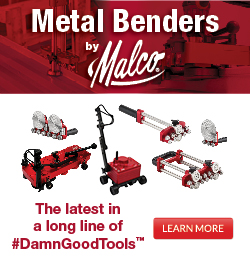

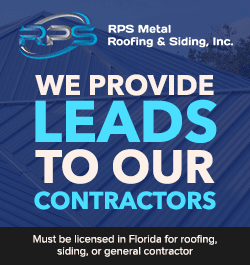
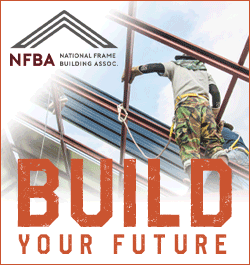

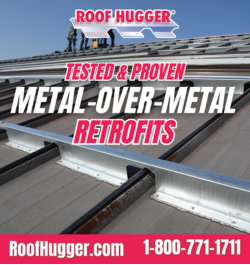

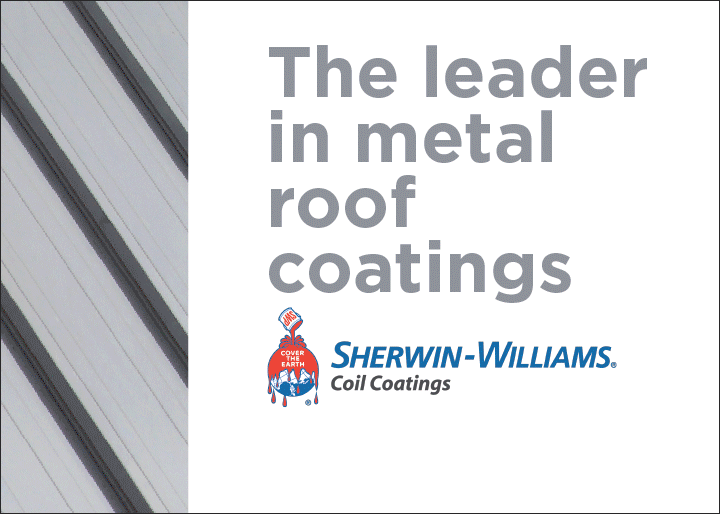
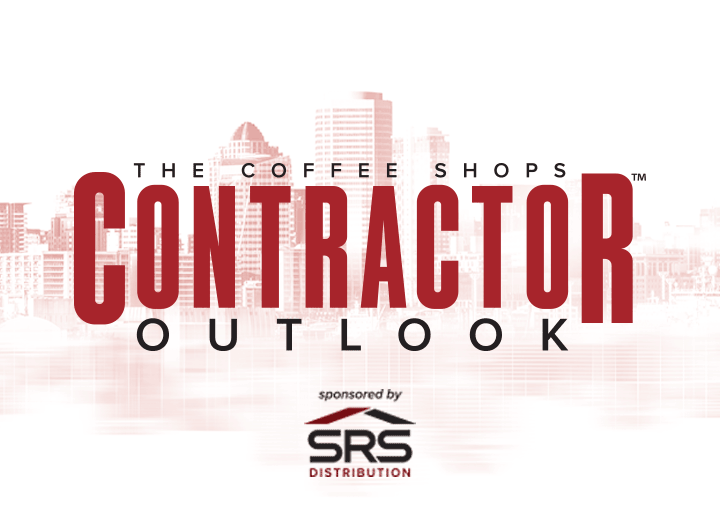
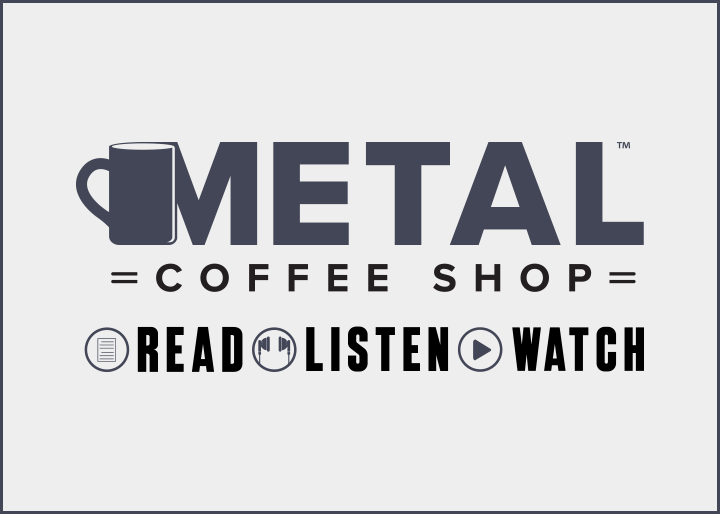
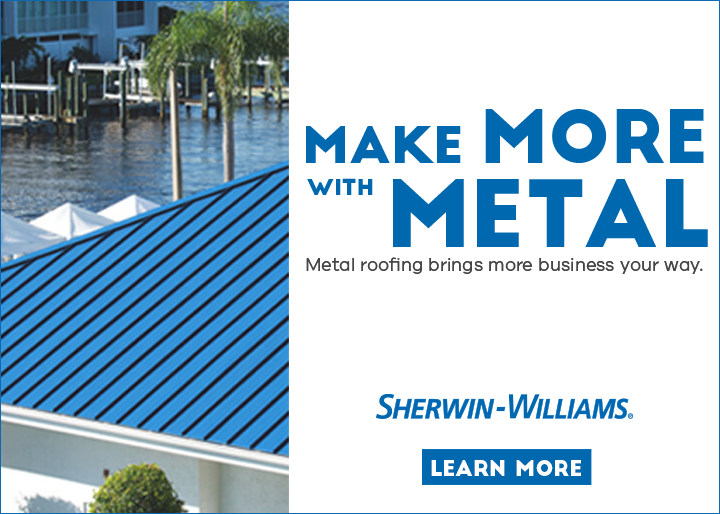

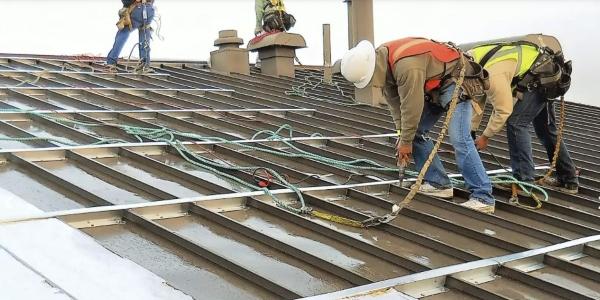
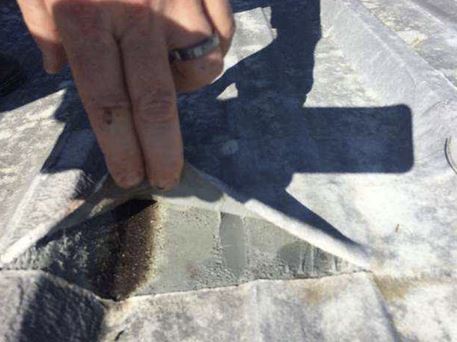
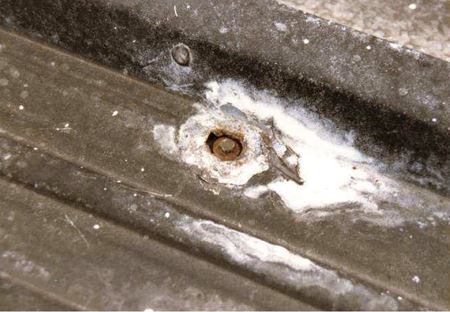




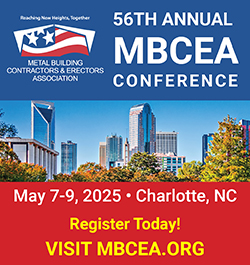
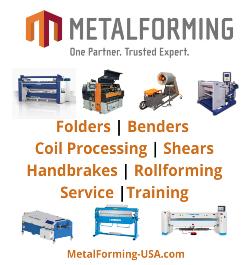
Comments
Leave a Reply
Have an account? Login to leave a comment!
Sign In